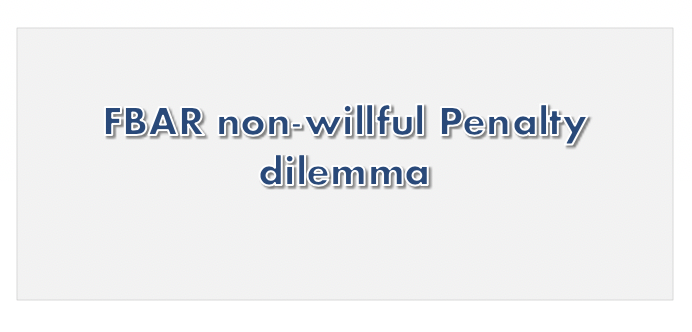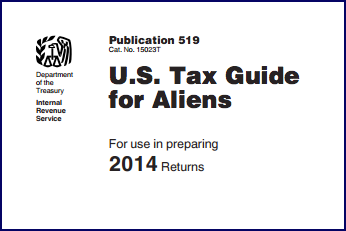How to Apply for an Installment Agreement with the IRS
Latest Facts & News Hook
- New IRS online payment agreement features allow faster approvals and more flexible payment options.
- IRS Form 9465 remains the primary method for requesting installment agreements by mail or with a tax return.
- Direct debit installment agreements have lower setup fees and reduce the risk of default.
Before you even get to the forms, the fees, or waiting for approval, the hardest part is often just figuring out where to start for an installment agreement with the IRS.
You might already know that the IRS offers payment plans. What’s less clear is how to apply for an installment agreement with the IRS, what documents you need, and how long the process actually takes. This blog post explains how to apply step-by-step, clearly and simply, so you can move forward without second-guessing anything.
If you’re ready to take care of what you owe without making a misstep, this is exactly where you start.
Understanding IRS Installment Agreements
An IRS installment agreement assists you in paying your bill in installments over time if you are unable to pay the entire bill at once until you have paid everything you owe. The agreement can prevent you from being charged additional penalties and collection action by the IRS.
Who is Eligible for an IRS Installment Agreement?
Being able to obtain an IRS payment plan can protect you from costly penalties and allow you to pay your tax debt on your own terms. Below are the primary guidelines the IRS uses to determine whether you can obtain a payment plan:
- For individual taxpayers:
- You may typically arrange for a long-term payment schedule if you owe $50,000 or less in total, including taxes, penalties, and interest.
- You need to have submitted all your tax returns so that the IRS can take your application into consideration.
- If your debt total is less than $100,000, you might be eligible for a short plan where total payment is to be completed within six months.
- For business owners:
- You may be able to establish an online payment agreement if you owe $25,000 or less and you’ve filed all your required business returns.
- If you are a freelancer or independent contractor, you will be submitting an individual application, not a business application.
It’s a great idea to keep your tax returns up to date because the IRS generally will not approve a payment plan if you have delinquent returns. If you qualify with these requirements, you can select a plan that suits your situation to pay the amount you owe in installments.
Eligibility Documentation for an IRS Installment Agreement
In order to receive an IRS payment plan, you should have some important documents ready. These documents help prove that you qualify and enable the IRS to quickly process your request.
- Completed Tax Returns: Make sure you have filed all your necessary tax returns. The IRS will not accept your payment arrangement if returns are not filed. Maintain copies of the most recent returns you filed.
- IRS Bills or Notices: Gather all the IRS bills or notices with the amount you owe. These documents will verify your current tax balance as well as give you the precise figures you need for your application.
- Financial Information (If Debt is More Than $50,000 or for Long-Term Plans): If your tax debt is more than $50,000 or you want to have a long-term payment plan, be prepared to provide information on:
- Your take-home pay
- Your living expenses
- Your liabilities and assets
- Bank Information (If Making Automatic Payments): Have your bank information handy if you wish to make monthly automatic payments. This option is usually less expensive to set up and prevents late payments.
Having all these documents ready prior to submitting your application is convenient and avoids delays due to lacking or insufficient information.
Step-by-Step Guide: How to Apply for an Installment Agreement with the IRS
If you can’t pay your full tax bill right now, you can ask the IRS to agree to a payment plan. Follow these steps and know how to apply for an installment agreement with the IRS:
1. Make Sure You Qualify
Check if you meet the basic requirements for an installment agreement. This includes the amount you owe and your filing status.
Note: See the section above called “Who is Eligible for an IRS Installment Agreement?” for details on who can apply and the limits for individuals and businesses.
2. Gather Your Documents
Before you start the application, have your paperwork ready. This means copies of your filed tax returns, recent IRS bills, and, if needed, details about your income, expenses, and bank account information.
Note: For a full list and explanation, refer to “Eligibility Documentation for an IRS Installment Agreement” above.
3. Apply for Your IRS Installment Agreement
Choose how you want to apply, online, by mail, or by phone, and follow the steps:
- Online: Use the IRS Online Payment Agreement tool on their website. Log in, fill in your information, and submit. You might get instant approval if you qualify.
- By Mail: Fill out IRS Form 9465 completely, attach any required documents, and mail it to the correct IRS address for your state. Double-check all information before sending.
- By Phone: Call the number on your IRS bill or notice and provide the requested details to set up your payment plan with an IRS representative.
4. Wait for IRS Approval
- The IRS installment agreement online form may be approved right away if you meet the criteria.
- Mailed forms or phone applications usually take a few weeks for a response.
- The IRS will let you know if your agreement is approved, if they need more information, or if changes are needed.
5. Set Up Payments
Once your plan is approved, follow the IRS instructions to start making payments:
- Automatic withdrawals (direct debit) are easiest and lower your setup fees.
- You can also pay by check, money order, or online transfer in some cases.
6. Stay Compliant
While your plan is active, file all future tax returns on time and never miss a payment. Missing a payment or falling behind on taxes can cancel your agreement.
Quick Tip:
If you are still confused with the steps on how to apply for an installment agreement with the IRS or want help as you go, you can reach out to Verni Tax Law to guide you through the process and help you find the best payment plan for your situation.
Completing IRS Form 9465 (Installment Agreement Request)
IRS Form 9465 lets you apply to pay your tax bill over time in monthly installments. Filling it out accurately makes approval faster and ensures you get the payment plan that fits your situation.
Below is a simple, line-by-line guide, laid out in a table you can use as a quick checklist.
| Line | What to Enter |
| Part I 1a | Your name(s) & SSN(s) as shown on the last tax return. For a joint return, list both names/SSNs in order as on the return. If using a foreign address, enter only your city on this line. Do not abbreviate the country; enter the country and postal/province code on the lines below, as your country requires. |
| 1b | Check if the address above is new since your last return. |
| 2 | (Closed Businesses Only) Business name/Employer Identification Number |
| 3 | Check if you want to pay by direct debit from a bank account. |
| Part II 4 | Enter the total tax, penalties, and interest owed. |
| 5 | Enter the amount you can pay each month. The IRS will calculate the minimum based on your ability to pay. |
| Part III 6 | Enter bank info if direct debit is selected. |
| Part IV | Sign & date form. If joint return, both spouses must sign. |
Where Do I Mail My IRS Installment Agreement Form?
The IRS address for mailing Form 9465 depends on:
- Whether you are sending it with your tax return or by itself
- Your state or country of residence
- If you are filing as an individual, with business schedules, or from outside the U.S.
Check the instructions on the IRS Form 9465 or visit the IRS website for the correct mailing address based on your situation.








